Chrysler 2013 Annual Report Download - page 145
Download and view the complete annual report
Please find page 145 of the 2013 Chrysler annual report below. You can navigate through the pages in the report by either clicking on the pages listed below, or by using the keyword search tool below to find specific information within the annual report.-
 1
1 -
 2
2 -
 3
3 -
 4
4 -
 5
5 -
 6
6 -
 7
7 -
 8
8 -
 9
9 -
 10
10 -
 11
11 -
 12
12 -
 13
13 -
 14
14 -
 15
15 -
 16
16 -
 17
17 -
 18
18 -
 19
19 -
 20
20 -
 21
21 -
 22
22 -
 23
23 -
 24
24 -
 25
25 -
 26
26 -
 27
27 -
 28
28 -
 29
29 -
 30
30 -
 31
31 -
 32
32 -
 33
33 -
 34
34 -
 35
35 -
 36
36 -
 37
37 -
 38
38 -
 39
39 -
 40
40 -
 41
41 -
 42
42 -
 43
43 -
 44
44 -
 45
45 -
 46
46 -
 47
47 -
 48
48 -
 49
49 -
 50
50 -
 51
51 -
 52
52 -
 53
53 -
 54
54 -
 55
55 -
 56
56 -
 57
57 -
 58
58 -
 59
59 -
 60
60 -
 61
61 -
 62
62 -
 63
63 -
 64
64 -
 65
65 -
 66
66 -
 67
67 -
 68
68 -
 69
69 -
 70
70 -
 71
71 -
 72
72 -
 73
73 -
 74
74 -
 75
75 -
 76
76 -
 77
77 -
 78
78 -
 79
79 -
 80
80 -
 81
81 -
 82
82 -
 83
83 -
 84
84 -
 85
85 -
 86
86 -
 87
87 -
 88
88 -
 89
89 -
 90
90 -
 91
91 -
 92
92 -
 93
93 -
 94
94 -
 95
95 -
 96
96 -
 97
97 -
 98
98 -
 99
99 -
 100
100 -
 101
101 -
 102
102 -
 103
103 -
 104
104 -
 105
105 -
 106
106 -
 107
107 -
 108
108 -
 109
109 -
 110
110 -
 111
111 -
 112
112 -
 113
113 -
 114
114 -
 115
115 -
 116
116 -
 117
117 -
 118
118 -
 119
119 -
 120
120 -
 121
121 -
 122
122 -
 123
123 -
 124
124 -
 125
125 -
 126
126 -
 127
127 -
 128
128 -
 129
129 -
 130
130 -
 131
131 -
 132
132 -
 133
133 -
 134
134 -
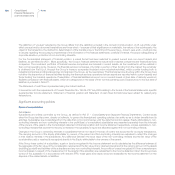 135
135 -
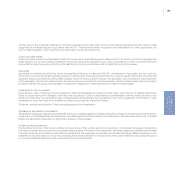 136
136 -
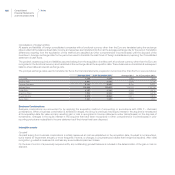 137
137 -
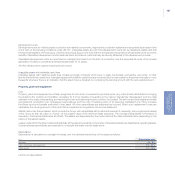 138
138 -
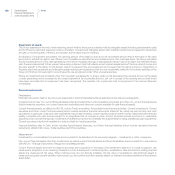 139
139 -
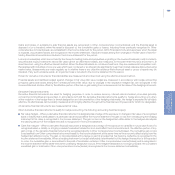 140
140 -
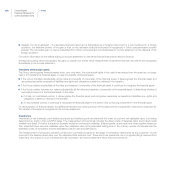 141
141 -
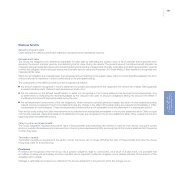 142
142 -
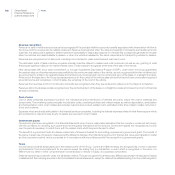 143
143 -
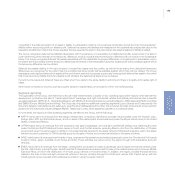 144
144 -
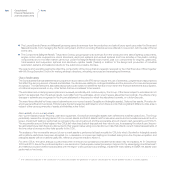 145
145 -
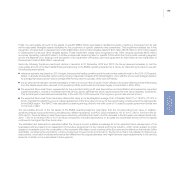 146
146 -
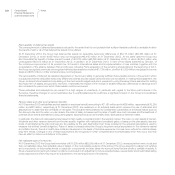 147
147 -
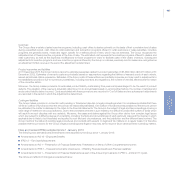 148
148 -
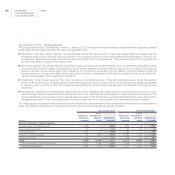 149
149 -
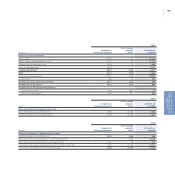 150
150 -
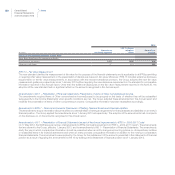 151
151 -
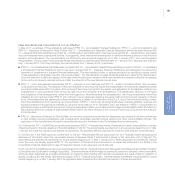 152
152 -
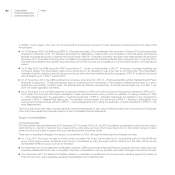 153
153 -
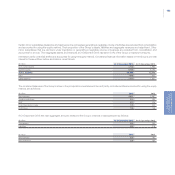 154
154 -
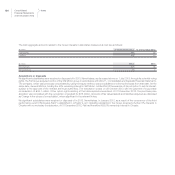 155
155 -
 156
156 -
 157
157 -
 158
158 -
 159
159 -
 160
160 -
 161
161 -
 162
162 -
 163
163 -
 164
164 -
 165
165 -
 166
166 -
 167
167 -
 168
168 -
 169
169 -
 170
170 -
 171
171 -
 172
172 -
 173
173 -
 174
174 -
 175
175 -
 176
176 -
 177
177 -
 178
178 -
 179
179 -
 180
180 -
 181
181 -
 182
182 -
 183
183 -
 184
184 -
 185
185 -
 186
186 -
 187
187 -
 188
188 -
 189
189 -
 190
190 -
 191
191 -
 192
192 -
 193
193 -
 194
194 -
 195
195 -
 196
196 -
 197
197 -
 198
198 -
 199
199 -
 200
200 -
 201
201 -
 202
202 -
 203
203 -
 204
204 -
 205
205 -
 206
206 -
 207
207 -
 208
208 -
 209
209 -
 210
210 -
 211
211 -
 212
212 -
 213
213 -
 214
214 -
 215
215 -
 216
216 -
 217
217 -
 218
218 -
 219
219 -
 220
220 -
 221
221 -
 222
222 -
 223
223 -
 224
224 -
 225
225 -
 226
226 -
 227
227 -
 228
228 -
 229
229 -
 230
230 -
 231
231 -
 232
232 -
 233
233 -
 234
234 -
 235
235 -
 236
236 -
 237
237 -
 238
238 -
 239
239 -
 240
240 -
 241
241 -
 242
242 -
 243
243 -
 244
244 -
 245
245 -
 246
246 -
 247
247 -
 248
248 -
 249
249 -
 250
250 -
 251
251 -
 252
252 -
 253
253 -
 254
254 -
 255
255 -
 256
256 -
 257
257 -
 258
258 -
 259
259 -
 260
260 -
 261
261 -
 262
262 -
 263
263 -
 264
264 -
 265
265 -
 266
266 -
 267
267 -
 268
268 -
 269
269 -
 270
270 -
 271
271 -
 272
272 -
 273
273 -
 274
274 -
 275
275 -
 276
276 -
 277
277 -
 278
278 -
 279
279 -
 280
280 -
 281
281 -
 282
282 -
 283
283 -
 284
284 -
 285
285 -
 286
286 -
 287
287 -
 288
288 -
 289
289 -
 290
290 -
 291
291 -
 292
292 -
 293
293 -
 294
294 -
 295
295 -
 296
296 -
 297
297 -
 298
298 -
 299
299 -
 300
300 -
 301
301 -
 302
302 -
 303
303 -
 304
304 -
 305
305 -
 306
306 -
 307
307 -
 308
308 -
 309
309 -
 310
310 -
 311
311 -
 312
312 -
 313
313 -
 314
314 -
 315
315 -
 316
316 -
 317
317 -
 318
318 -
 319
319 -
 320
320 -
 321
321 -
 322
322 -
 323
323 -
 324
324 -
 325
325 -
 326
326 -
 327
327 -
 328
328 -
 329
329 -
 330
330 -
 331
331 -
 332
332 -
 333
333 -
 334
334 -
 335
335 -
 336
336 -
 337
337 -
 338
338 -
 339
339 -
 340
340 -
 341
341 -
 342
342 -
 343
343 -
 344
344 -
 345
345 -
 346
346 -
 347
347 -
 348
348 -
 349
349 -
 350
350 -
 351
351 -
 352
352 -
 353
353 -
 354
354 -
 355
355 -
 356
356 -
 357
357 -
 358
358 -
 359
359 -
 360
360 -
 361
361 -
 362
362 -
 363
363 -
 364
364 -
 365
365 -
 366
366
 |
 |

144 Consolidated
Financial Statements
at 31 December 2013
Notes
The Luxury Brands (Ferrari and Maserati) grouping earns its revenues from the production and sale of luxury sport cars under the Ferrari and
Maserati brands, from managing the Ferrari racing team and from providing financial services offered in conjunction with the sale of Ferrari
brand cars.
The Components (Magneti Marelli, Teksid and Comau) grouping earns its revenues from the production and sale of lighting components,
engine control units, suspensions, shock absorbers, electronic systems and exhaust systems and from activities in the plastic molding
components and in the after-market carried out under the Magneti Marelli brand name, cast iron components for engines, gearboxes,
transmissions and suspension systems and aluminum cylinder heads (Teksid), in addition to the design and production of industrial
automation systems and related products for the automotive industry (Comau).
The regions and operating segments reflect the components of the Group that are regularly reviewed by the Chief Executive Officer together
with the Group Executive Council for making strategic decisions, allocating resources and assessing performance.
Use of estimates
The Consolidated financial statements are prepared in accordance with IFRS which require the use of estimates, judgments and assumptions
that affect the carrying amount of assets and liabilities, the disclosures relating to contingent liabilities and the amounts of income and expenses
recognized. The estimates and associated assumptions are based on elements that are known when the financial statements are prepared,
on historical experience and on any other factors that are considered to be relevant.
The estimates and underlying assumptions are reviewed periodically and continuously by the Group. If the items subject to estimates do not
perform as assumed, then the actual results could differ from the estimates, which would require adjustment accordingly. The effects of any
changes in estimate are recognized in the Income statement in the period in which the adjustment is made, or in future periods.
The main items affected by these uses of estimates are non-current assets (Tangible and Intangible assets), Deferred tax assets, Provision for
employee benefits and Inventories. Following are the items requiring estimates for which there is a risk that a significant difference may arise in
respect of the carrying amounts of assets and liabilities in the future.
Recoverability of non-current assets
Non-current assets include Property, plant and equipment, Goodwill and Intangible assets with definite and indefinite useful lives. The Group
periodically reviews the carrying amount of non-current assets and that of assets held for sale when events and circumstances warrant such a
review. Impairment testing is performed by comparing the carrying amount and the recoverable amount of each cash-generating unit (“CGU”).
The recoverable amount is the higher of the CGUs fair value less costs of disposal and their value in use. In assessing the value in use, the pre-
tax estimated future cash flows are discounted to their present value using a pre-tax discount rate that reflects current market assessments of
the time value of money and the risks specific to the CGU.
The analysis of the recoverable amount of non-current assets is performed at least annually for CGUs to which Goodwill or Intangible assets
with indefinite useful lives have been allocated. For a discussion on impairment testing on Goodwill arising from the Chrysler acquisition and
Intangible assets with an indefinite useful life, reference should be made to Note 13.
For other CGUs, the same analysis is performed when events and circumstances indicate that an asset may be impaired. At 31 December
2012 and 2013, due to the continued decline in car demand on the European market (primarily in Italy) and to the streamlining of architectures(1)
and related production platforms associated with the region’s refocused product strategy, impairment tests relating to EMEA net assets were
performed on two levels.
(1) The “vehicle architecture” is the combination of systems that enables the generation of specific vehicle platforms for the different models in a certain segment.
